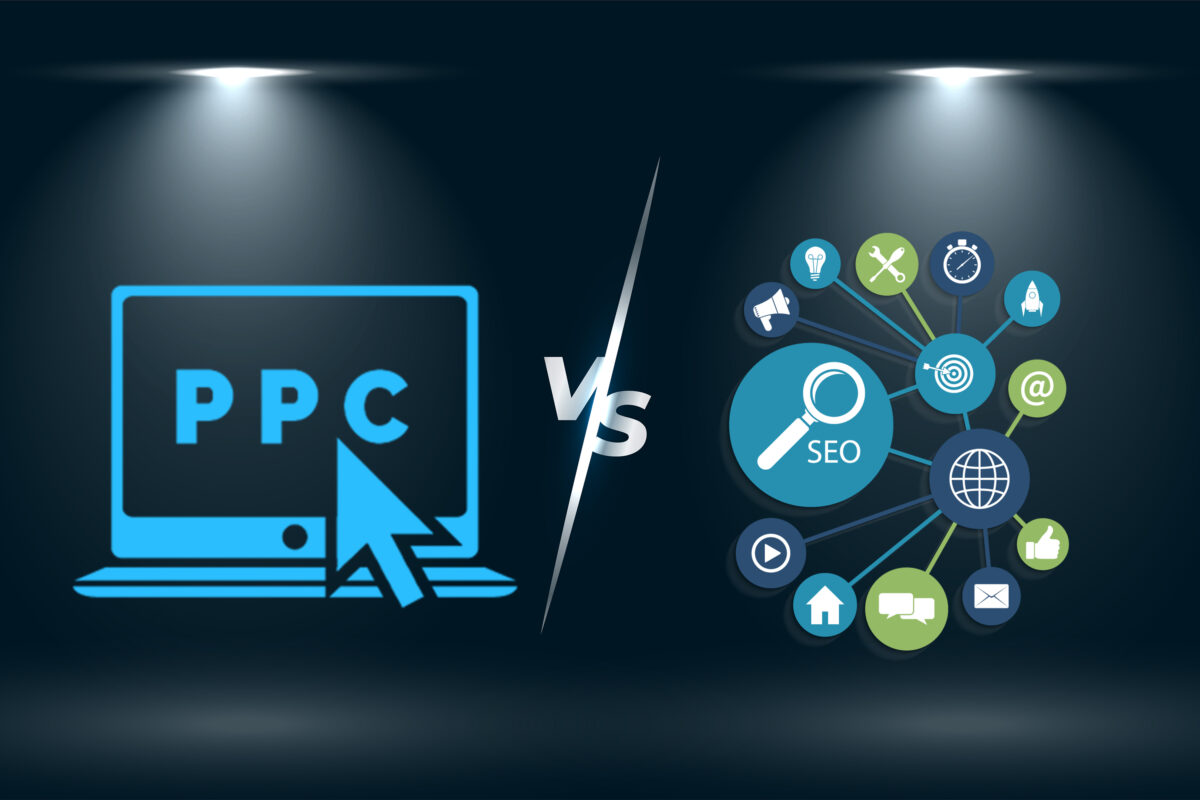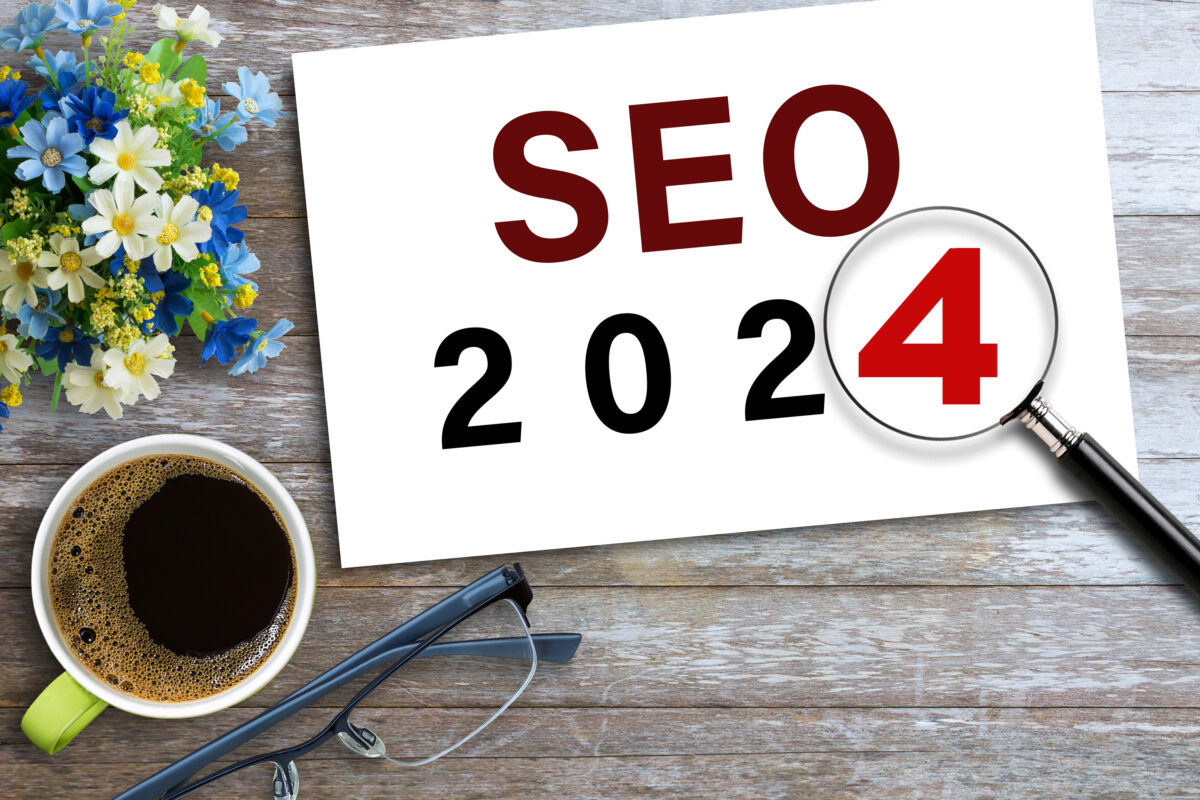Web design heavily relies on typography, the art and practice of arranging type to make written text understandable, aesthetically pleasing, and legible. Not only is font selection important, but so is building a visual hierarchy, improving the user experience, and expressing the essence of the brand. In this blog, our Web design Miami-based team will help you explore the significance of typography in web design and its impact on user engagement.
Let’s read it out:
Establishing Visual Hierarchy
Typography is a powerful tool for establishing a visual hierarchy on a web page. Through font size, weight, and style, designers can guide users’ attention to the most important elements, such as headlines, subheadings, and calls to action. This hierarchy helps users navigate the content effortlessly, making the overall user experience more intuitive and enjoyable.
Enhancing Readability and Legibility
The primary purpose of any text on a website is to convey information. Typography greatly influences the readability and legibility of the content. Choosing the right font size and spacing ensures that users can comfortably read the text without straining their eyes. Proper line height, line length, and contrast between text and background are also critical factors in ensuring a pleasant reading experience.
Conveying Brand Identity
Typography is a key element in conveying a brand’s identity and personality. Different fonts evoke different emotions and associations. For example, a sleek, modern sans-serif font may communicate a tech-savvy and contemporary brand, while a classic serif font might suggest tradition and timelessness. Designers select fonts that align with the brand’s values and message, reinforcing its identity in the minds of users.
Building Consistency and Cohesion
Consistency is crucial in web design. Typography provides a means to maintain visual consistency across a website. By defining a set of fonts and styles (such as font family, size, color, and spacing) in a style guide, designers ensure that every page and element adheres to a unified design language. This cohesiveness enhances the professionalism and trustworthiness of the website.
Improving User Engagement and Conversion
Typography has a direct impact on user engagement and conversion rates. When text is presented in an attractive and readable manner, users are more likely to stay on the site, consume content, and take desired actions, such as making a purchase or subscribing to a newsletter. Well-chosen typography can make a website more persuasive, and persuasive websites tend to convert visitors into customers.
Conclusion
Typography is a fundamental element of web design that extends far beyond aesthetics. It influences the user’s perception of a website, their ease of navigation, and their overall experience. Effective typography creates visual hierarchy, enhances readability, conveys brand identity, ensures consistency, and ultimately drives user engagement and conversion. Web designers must carefully consider typography choices to create websites that not only look appealing but also function effectively in delivering content and achieving the website’s goals. Also, we must say that with the best designer team, you also need to have a wise development team, so if you are looking for a web development Miami-based team, you can connect with us to get the finest results.






